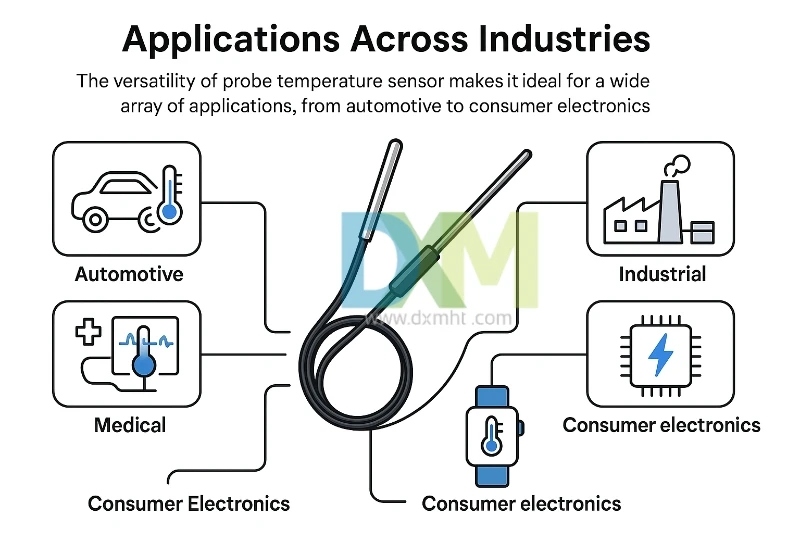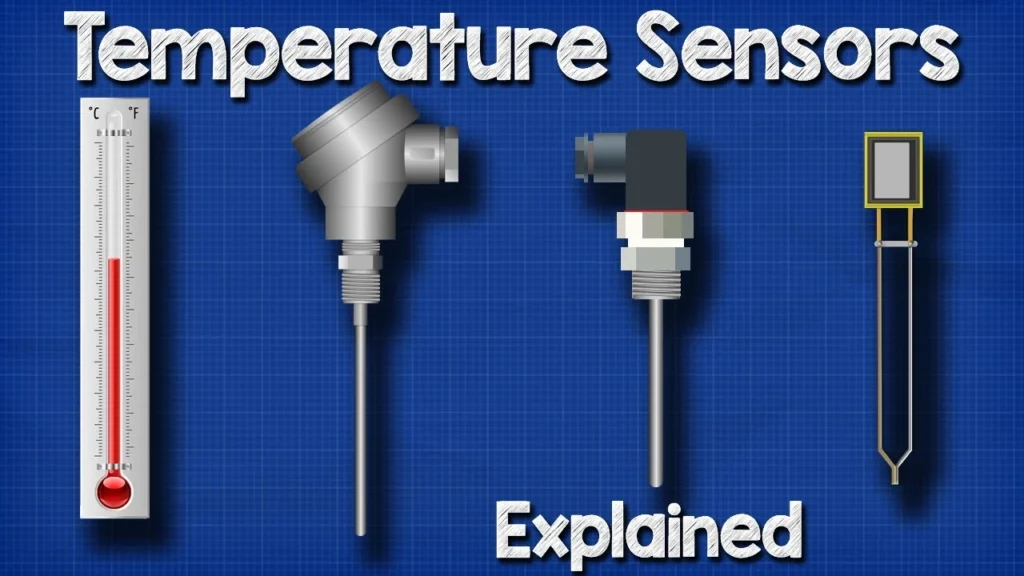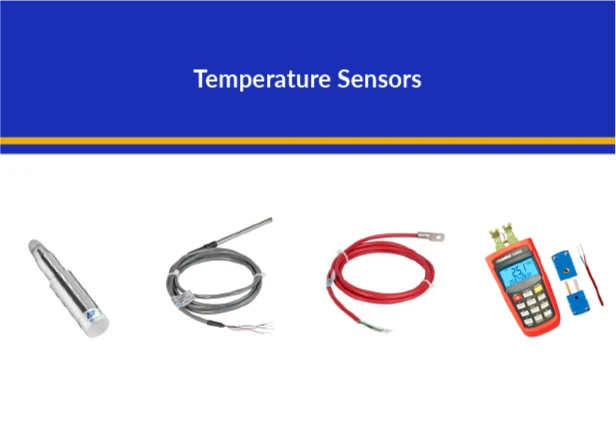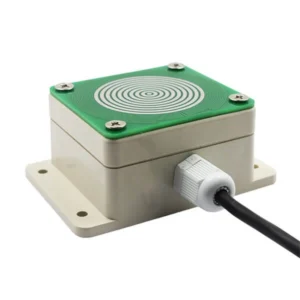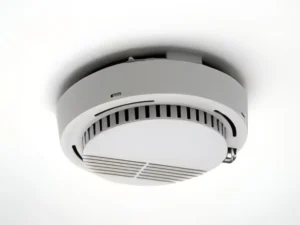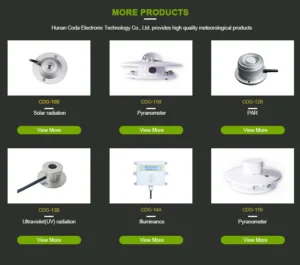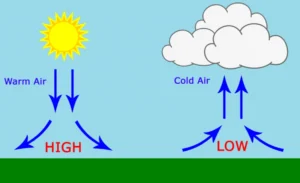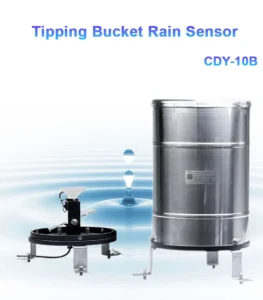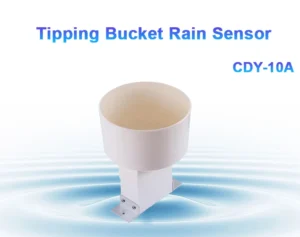Understanding Temperature Probes: Types and Applications
**Define a Temperature Sensor?**
A temperature probe is a tool that measures temperature. It turns this measurement into a helpful signal. These probes are key parts of temperature monitoring devices. They are used in many industries for precise measurements and temperature control.
**How Does a Temperature Probe Work?**
Some probes measure temperature by resting on the surface of an object. Some need to be put into the object or placed in liquids. These probes work based on energy transfer.
When a probe is cooler than its surroundings, heat moves from the surroundings to the probe. When the probe is warmer, heat moves from the probe to the surroundings.
The design of temperature probes varies a lot. This is because of different uses and ways to measure. Some probes can withstand water. Others are made for high temperatures, deep object insertion, or non-contact measurement.
type of temperature sensor
Temperature probes can be grouped into four main types based on how they measure temperature.
1. **NTC Temperature Probes**
2. **RTD Temperature Probes**
3. **Thermocouple temperature probes**
4. **Temperature Probes Made from Semiconductors**
1. **NTC Temperature Probes**
NTC temperature probes use thermistors to check the temperature. Their resistance of the rtd drops quickly as temperatures rise. These thermistors are made of 2 or 3 metal oxides mixed with a clay-like fluid.
They are then heated at high temperatures to form dense ceramic materials. NTC probes come in many sizes. They can be very small, as tiny as 0.010 inches, or larger, up to half an inch.
2. **RTD Temperature Probes**
RTDs, or “Resistance Temperature Detectors,” use materials such as platinum, nickel, or copper to function. These materials increase their resistance as the temperature goes up. This means their resistance goes up as the temperature increases. This change in resistance allows for accurate temperature measurements.
RTD probes typically come in three configurations:
**Wire-Wound RTD**
In wire-wound RTDs, a ceramic tube holds a resistance wire. The length of this wire is set for certain resistance values at 0°C. This is called “R0.” The wires are then connected and coated with ceramic or glass for protection.
To avoid errors from mechanical strain, lab-grade RTDs use resistance wires that are loosely wound. These probes are very accurate, but they are fragile. They are mostly not good for industrial use.
**Coil Element RTD**
This version has resistance wire that is loosely coiled in a ceramic tube. The tube is filled with insulating powder. These designs let the wire expand and contract easily when temperatures change. This helps reduce errors caused by strain.
The powder helps with heat transfer and speeds up response times. Coil element RTDs are great for industrial use. They are strong and durable.
**Thin-Film RTD**
Thin-film RTDs are cheap and simple to make in large quantities. They respond faster and are smaller than other RTDs.
A thin layer of platinum is put on a ceramic base. This makes conductive pathways. These pathways help get accurate readings in many industries.
3. **Thermocouple Temperature Probes**
Thermocouple probes work by creating a voltage when two different metals are joined at two different temperatures. One metal is cooler, and the other metal is warmer.
This potential difference is directly linked to the temperature difference. This lets thermocouples measure a wide range of temperatures. They can measure from -200°C to 1750°C. However, they are not as precise as other kinds of probes.
Thermocouple Probe
**Semiconductor-Based Temperature Probes**
Semiconductor temperature probes are often made small as integrated circuits (ICs). They use two identical diodes. These diodes have voltage and current properties that change with temperature. This helps detect changes in temperature.
These sensors offer a direct response, yet they are the least precise among the fundamental sensor types. They also have the slowest reaction time. They work within a narrow temperature range of -70 °C to 150 °C.
**Applications of Temperature Probes**
**1. Industrial Applications**
Temperature probes are used in many industries. These include working with metal, melting metals, making chemicals from oil, and producing energy.
They are also important in making machines, brewing beer, producing medicines, and treating water. These tools are important for keeping track of temperature over a long time. They help keep things safe and working well in these operations.
**2. Medical Applications**
In the medical field, temperature probes are often used in electronic devices. For example, non-contact thermometers measure heat from infrared sources. Thermistor-based temperature sensors are used in blood analyzers to keep temperatures stable.
These sensors also check diffusion lamps and oil-cooled motors. They can turn off equipment by itself if it gets too hot. This helps stop damage and makes sure cooling works well.
**3. Food Industry Applications**
Temperature probes play a key role in food processing. In factories, these devices help keep the right temperatures during frying condiments. Different raw materials need to be added and mixed at varied times and temperatures.
Keeping the frying pan at the right heat helps keep the seasoning quality. This makes these probes essential for quality control in the industry.
**Conclusion**
The main types of temperature sensors are thermocouples, resistance temperature detectors rtds, thermistors, and semiconductor-based ICs. Thermocouple probes are strong and can measure a wide range. However, they are less accurate and do not handle noise well.
Rtd sensor give more accurate and consistent readings. They can measure a wider range than thermistors. However, they respond more slowly and cost more.
Thermistor probes are small and strong. However, they need a lot of data corrections for temperature calibration.
They are also not as precise as rtd element. Semiconductor-based ICs are good for being flexible and small. Their temperature range is limited.
Many types of temperature probes are available in the market. This discussion will focus on the four types we talked about before. If you have questions about temperature probes, please contact us or leave a message!
